I have an affiliate relationship with Bookshop.org and Malaprop's Bookstore in beautiful Asheville, NC. I will earn a small commission at no additional cost to you if you purchase merchandise through links on my site. Read more on my affiliate page.
My Synopsis:
In 1913, Vilhjalmur Stefansson led an ill-fated voyage into the Arctic. The team was separated and one group spent time on Wrangel Island, 200 miles northeast of Siberia and 400 miles northwest of Alaska. After essentially rescuing themselves, the survivors of the smaller group told stories of the rich wildlife they encountered on the island. Stefansson, a proponent of the idea of the “Friendly Arctic,” soon had dreams to claim the island for Canada and Great Britain and use it as a waystation for people making their way through the frozen north.
Stefansson sent a group of four young men and Ada Blackjack, a young Eskimo seamstress, to lead the way for colonizing efforts in 1921. (The author chooses to use terminology appropriate to the time period.) Russia had claimed Wrangel Island decades earlier but Stefansson felt that his earlier team’s extended occupation of the island called that claim into question. The 1921 team was too small, too untrained, and didn’t find the same amount of wildlife that the earlier crew did. When rescuers finally made their way to the island two years later, Ada Blackjack was the only person who had survived. Ada only told her story publicly one time but Niven has pieced together primary source material, newspaper articles, and interviews with one of Ada’s sons to present a record of that harrowing voyage.
My Review:
First of all, this isn’t a sequel to Niven’s book, The Ice Master: The Doomed 1913 Voyage of the Karluk, but it is set partially in the same place and features a few of the same people. I haven’t read The Ice Master and I followed this just fine; I do feel that my understanding would have been a bit deeper if I’d read the earlier work first though. I’d recommend taking that approach.
I found this book absolutely fascinating. The remarkable thing about Ada’s survival is that she knew very little about surviving Arctic conditions. She was raised in the village of Nome. She’d seen some Inuit (the preferred term now) elders hunting and employing traditional skills when she was very young but she attended a missionary school, where she learned how to clean houses and sew. She never had the opportunity to learn the ways of her people so she was spectacularly unprepared for the conditions on Wrangel Island. And yet she survived.
My heart ached for this little expedition. The four young men (Lorne Knight, Milton Galle, Fred Maurer, and Allan Crawford) were all in their twenties and boyishly excited to embark on such a grand adventure. Only Knight and Maurer knew anything about Arctic survival. They did their best but when wildlife was scarce and a rescue boat couldn’t get to them because of ice floes the first summer, they didn’t stand a chance. The author includes passages from their diaries and letters from their families reassuring each other that their “boys” must be safe. These were hard to read, knowing that the group was suffering.
Stefansson, the backer of the expedition, is infuriating. He continually tells reporters and the families of the expedition members that the group is safe in the Arctic. He actually wrote a book called The Friendly Arctic, detailing his belief that reports of the inhospitable conditions of the far north are essentially fake news. His theory states that game is abundant and anyone with common sense can survive. What an insult to his young explorers.
The book goes on to describe Ada’s life after her rescue. That’s heartbreaking too. She was a very private person but everywhere she went, reporters recognized her and tried to interview her. Expedition leaders ordered her not to speak to reporters before leaving for the island or else they wouldn’t pay her. She was always afraid to speak to anyone about her experiences after that. She finally spoke out when the man who rescued her published some libelous rumors.
The author mentions that Ada’s family buried her in the Anchorage Memorial Park Cemetery so I went by there to find her grave. (She’s located in section 7, close to section 8 and near the road by sections 3 and 4, in case someone ends up here looking for her gravesite. See a map on the cemetery website.)
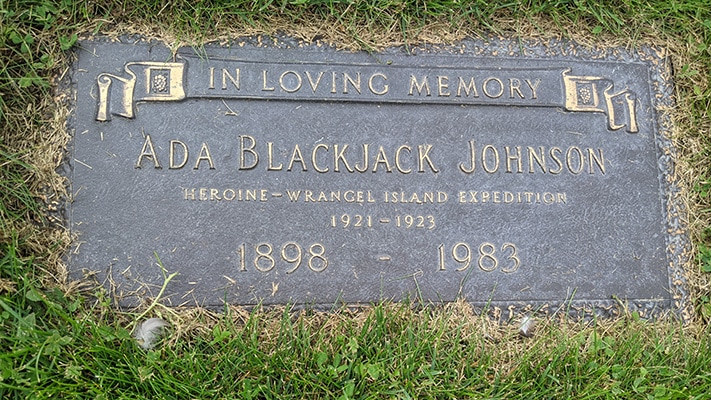
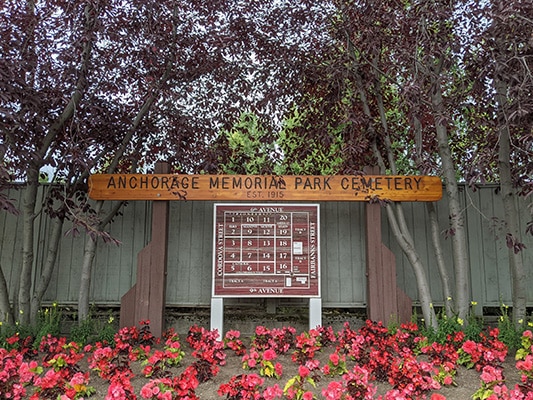
I highly recommend this book if you’re interested in stories of exploration and survival or stories of women history almost forgot. Ada and her other crewmates will earn your respect and admiration.
Recommended by:
Aj at Read All the Things mentioned this as a book she was excited to read last winter.
Similar Books:
If you liked Ada Blackjack: A True Story of Survival in the Arctic, you might also like my reviews of
- In the Kingdom of Ice: The Grand and Terrible Polar Voyage of the USS Jeannette by Hampton Sides
- The Lost City of Z: A Tale of Deadly Obsession in the Amazon by David Grann, read by Mark Deakins
- Into the Planet: My Life as a Cave Diver, written and read by Jill Heinerth
Purchase:
Buy Ada Blackjack: A True Story of Survival in the Arctic from Malaprop’s Bookstore in beautiful Asheville, NC or

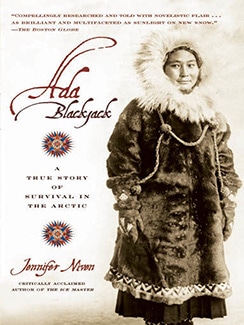
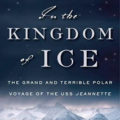
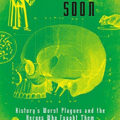

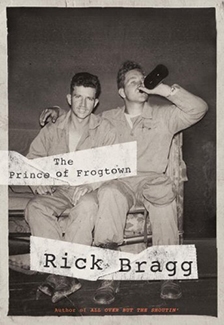

2 Comments
I have heard really good things about this book and love that you were able to go to the cemetery where she is buried. I had no idea she died in 1983!
After spending so much time with Ada between the pages of my book, I felt I owed it to her to visit her grave. I was surprised she lived so long too! 60 more years after returning from Wrangel Island!